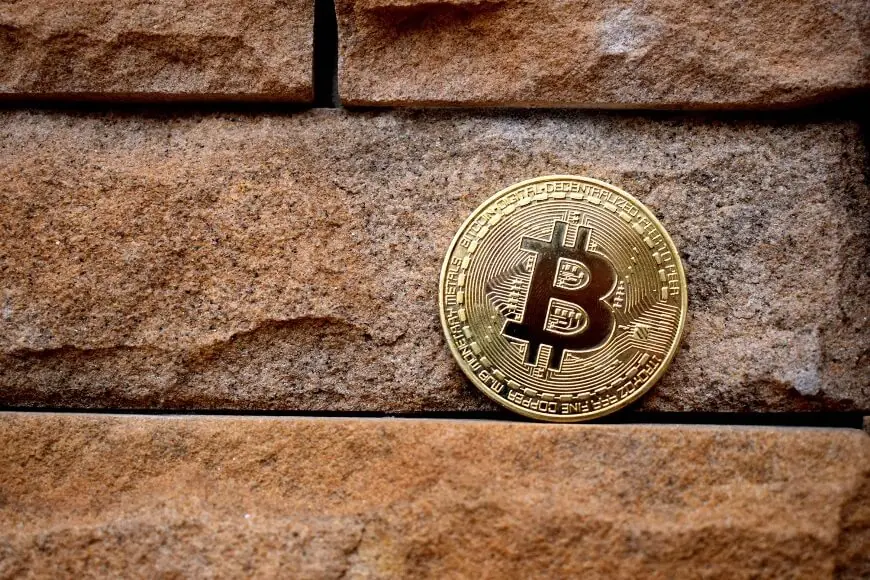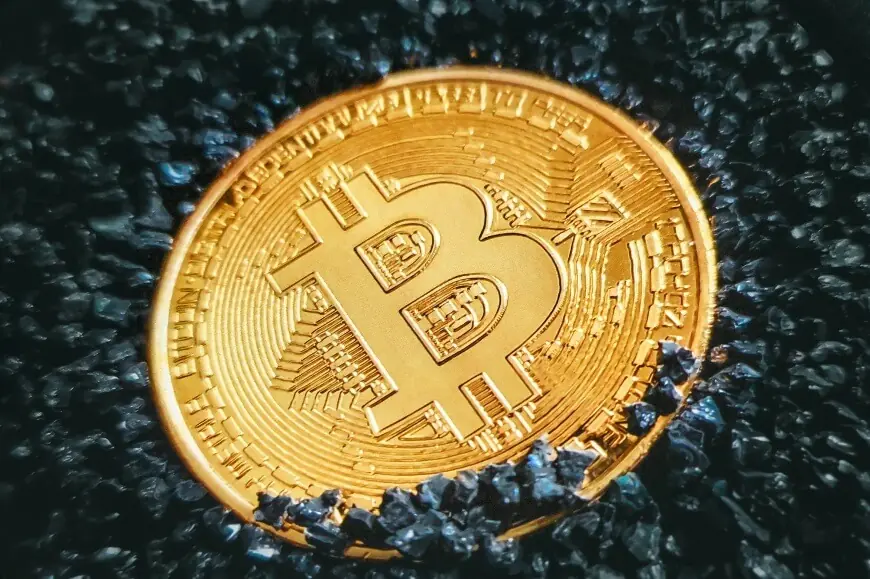

Bitcoin Price History
Introduction
Bitcoin’s volatility has been extremely high since early 2021. To those unfamiliar with the cryptocurrency industry, this volatility may seem dangerous. However, it’s common for the coin to surprise investors unexpectedly. In this article, we will review the major ups and downs of the asset and trace the dynamics of Bitcoin from its inception in 2008 to the present day.
You can purchase Bitcoin, often referred to as digital gold, or buy tokens that promise stable and high returns on J2TX. The service also provides excellent transaction assistance and offers a wealth of useful information about cryptocurrency.
Bitcoin Price History
The history of Bitcoin officially began in August 2008, when the domain name bitcoin.org was registered. Later that year, an anonymous individual under the pseudonym Satoshi Nakamoto published a document titled ‘Bitcoin: A Peer-to-Peer Electronic Cash System,’ describing the workings of the future cryptocurrency.
In 2009, Bitcoin mining commenced, but it wasn’t sold anywhere, as cryptocurrency exchanges didn’t exist then. Technically, Bitcoin’s price in 2009 was $0.000067.
Bitcoin Price History by Year
2010
Throughout 2010, Bitcoin never reached the $1 mark, but its price was already rising. A notable event was when American Laszlo Hanyecz bought two pizzas for 10,000 BTC (at $0.0025 per BTC). Had Hanyecz retained those bitcoins, they would have been worth over $450 million in 2021.
2010 also saw the emergence of the infamous Mt. Gox cryptocurrency exchange, which would later be targeted by hackers.
2011
In 2011, Bitcoin reached the $1 mark for the first time, marking a pivotal year in its price history. The cryptocurrency gained attention after articles in Slashdot and Hacker News, leading to a surge of new users from Twitter.
Early in 2011, Bitcoin’s network hash rate increased dramatically, suggesting a rise in the number of miners. This spike might have been due to a ‘mystery miner’ using a supercomputer or network bot, leading to a significant increase in the network’s hash rate.
On April 16, 2011, TIME published its first article on Bitcoin. In early June, after media coverage, Bitcoin’s price soared to nearly $32 but then fell back to $10. That month, WikiLeaks began accepting donations in Bitcoin.
June 19, 2011, was a critical point in Bitcoin’s history when Mt. Gox was hacked, causing Bitcoin’s price to plummet from $17 to $0.01, affecting 60,000 users and over $8.7 million. A week later, trading on Mt. Gox resumed, and the price drop following the hack was the largest in Bitcoin’s history.
2012
In 2012, Bitcoin’s price saw fluctuations, dropping to $4.6 but recovering to $13.44 by the year’s end. This year also marked the first-ever Bitcoin halving event.
2013
The year 2013 was significant for Bitcoin as it reached the $1,000 milestone. On November 30, 2013, Bitcoin hit a major high of $1,153, a price point not seen again until January 5, 2017.
2014 and 2015
Following the successful year of 2013, Bitcoin faced challenges in 2014, particularly with the second hacking of Mt. Gox in February 2014, resulting in the theft of 744,000 BTC. This event stands as the largest hack of an exchange to date.
The aftermath led to the bankruptcy and closure of Mt. Gox, sparking panic in the Bitcoin market and initiating the first prolonged decline in Bitcoin’s value, often referred to as the ‘cryptocurrency winter.’
2016
The year 2016 witnessed another significant hacking incident, this time involving Bitfinex, where 120,000 bitcoins were stolen. Additionally, Craig Wright emerged, claiming to be Satoshi Nakamoto. Wright continues to be involved in legal battles with the developers of BTC Core and BTC Cash over access to the two cryptocurrencies following the Mt. Gox hack.
2017
The year 2017 marked a dramatic rise in Bitcoin’s value. Starting the year at around $960, Bitcoin surpassed the $5,000 mark by September and reached a peak of $19,483 on December 17. This year, Bitcoin’s market capitalization exceeded $330 billion, a remarkable achievement for the cryptocurrency.
2018
The year began with Bitcoin valued at approximately $13,800, but it faced a sharp decline, ending the year around $3,800. This period was marked by a significant cryptocurrency crash and another ’cryptocurrency winter.’ On January 17, Bitcoin dropped to $9,800. Contributing to the decline, major platforms like Facebook, Twitter, and Google banned cryptocurrency advertising, ICOs, and binary options in January.
Despite Facebook later lifting this ban conditionally, it didn’t aid in the market’s recovery. By the end of 2018, Bitcoin had lost almost 80% of its value from the previous year, leading to a mass sell-off by miners.
2019
In June 2019, BTC attempted to break out of the bearish trend but couldn’t surpass the resistance level at $13,785. The year was dominated by legal issues, the SEC’s stance against BTC-ETFs, and anticipation for the launch of the institutional coin service Bakkt. Bakkt’s launch in September failed to attract significant institutional interest, resulting in Bitcoin’s price dropping from $10,036 to $6,657 within a few months.
2020
The year 2020 was pivotal for cryptocurrencies. Despite the global economic crisis triggered by the coronavirus, cryptocurrencies like Bitcoin stabilized and then surged, contrary to traditional assets. Bitcoin traded at $7,200 in January, reached $10,500 in February, but then plummeted to $3,800. Over the year, its price recovered, reaching around $19,000 in December.
The growth of Bitcoin in 2020 was driven by several factors. The U.S. dollar’s money supply increased by 22%, and the resulting business downturn due to COVID-19 led to currency devaluation. Institutional investors began turning to Bitcoin, with firms like Ruffer investing 2.5% of their assets in it as a hedge against fiat currency devaluation.
Additionally, PayPal’s decision to allow cryptocurrencies for transactions on its platform marked a significant milestone, met with enormous demand and leading to increased transaction limits.
2021
The upward trajectory of Bitcoin continued in 2021, with the cryptocurrency setting new value records each month. In mid-January, 1 BTC was valued at $40,700. This climbed to a peak of $57,600 on February 20, reached $61,100 on March 13, and soared to $63,600 on April 13.
However, following these highs, the digital asset experienced a significant drop of $14,000, trading around $49.2 thousand. By mid-May, it had rolled back to $51.3 thousand. On May 17, BTC was valued at approximately $42.5 thousand.
Bitcoin’s volatility is heavily influenced by news from corporations and banks. For instance, when Tesla announced its $1.5 billion investment in Bitcoin, its price surged. However, Tesla’s subsequent decision to stop accepting Bitcoin as a payment method led to a 10% drop in BTC’s value.
Despite these fluctuations, Bitcoin continues to receive support from major players and billionaires investing in cryptocurrency exchanges. A key event in April 2021 was the direct listing of Coinbase, the largest U.S. crypto exchange.
Current forecasts for Bitcoin are mixed. JPMorgan, for instance, suggests that Bitcoin may not reclaim its $60,000+ price, citing a modest inflow of investments into the cryptocurrency. However, Bitcoin has consistently defied expectations over its nearly 13-year existence, hinting that 2021 may yet hold more surprises.
At J2TX, a leading digital gold marketplace, you can purchase Bitcoin without risk or legal violations. The platform offers not only Bitcoin purchases but also opportunities to invest in Ethereum. They have even made provisions for buying valuable tokens that offer substantial returns.
J2TX positions you just a step away from entering the world of cryptocurrency.



